Srivaikuntanathan Perumal Temple It is one of the 108 Divyadesam dedicated to Vishnu,who is worshipped as Vaikuntanathar and his consort Lakshmi as Vaikuntavalli.
Shrine’s History
There are six inscriptions in the temple deciphered by the Archaeological Department. The inscription from a ruler named Konerimaikondan records a gift of five velis of land as a tax-free gift to the temple. The temple also obtained the grant for building and maintenance of a garden from a ruler who defeated the Cheras. The Pandya ruler Jatavarman Kulasekaran I also offered a similar grant to the temple. Maravarman Sundara Pandyan made offerings to the perpetual lighting of the temple. An inscription from his reign also indicates the installation of the shrine of Vaikuntavalli. Vira Pandyan IV offered land to the temple to perform special poojas in the temple during his birthday in the Tamil month of Vaikasi.
During 1801, the temple acted as a fort for the British against the forces of Veerapandiya Kattabomman . It is believed that the marks of war were visible in the temple during modern times. An official of the Madurai Nayak rule, Vadamalayappa Pillai arranged for the installation of Dasavathara images and Thiruvenkamudayan hall. There were also a lot of offerings in jewels and kind made to the temple during his period. There were other people like Pillai Perumal, Ellarukum Nallan and Chockalingam, who made similar grants. The wooden chariot with minute sculptures was installed by Paramasivan Pillai during modern times.
.jpg)
Legends Associated with This Shrine
As per Hindu legend, Somuka, a demon, defeated Brahma, the Hindu god of creation and stole the four Vedas from him. Brahma was helpless and he did severe penance in the banks of Tamiraparani River seeking favour from Vishnu in the form of Vaikuntanathan. Pleased by the penance, Vishnu appeared to Brahma and promised to retrieve the Vedas. He killed the demon Somuka and restored the Vedas to Brahma. He also wished to set his abode as Srivakuntam and resided there as Vaikuntanatha. As per another legend, the image of Vaikuntha, over the period of several ages, had no patrons and was left submerged under the earth.
A cow from a herd of the king, which used to graze at the place, did ablution at the place with its where Vaikuntanatha lay buried. The king was displeased to see that a particular cow alone was not yielding milk and thought it might have been the trick of the herdsman. He deployed his men to monitor the cow, who reported the events to the king. The king realised that the cow would lead him to divinity and he dug up the region around the place. He reinstated the image of Vaikuntanathar and expanded the temple. Since Vaikuntanathar was revealed by the cow, the presiding deity got the name Pal Pandian . Kaladushana was ahead of robbers in the region, but also was a staunch devotee of Vaikuntanathar.
He stole from the rich and distributed the wealth to the poor people in the region. The ruling Pandya king wanted to arrest him, but his attempts were futile. During one of the encounters, he could arrest everyone except Kaladushana. Kaladushana prayed to Srivaikuntanathar to save him and his troop from the king. Vaikuntanathar appeared as Kaldushana and surrendered before the king.Later, he appeared in the dreams of the king to narrate the events and also informed him that he wanted the king and the people to learn that large accumulation of ill-gotten wealth would be stolen and would reach the right hands.The king was enlightened and he released Kaladushana and his troop. Since Vaikuntanathar appeared for thieves , he came to be known as Kallapiran.
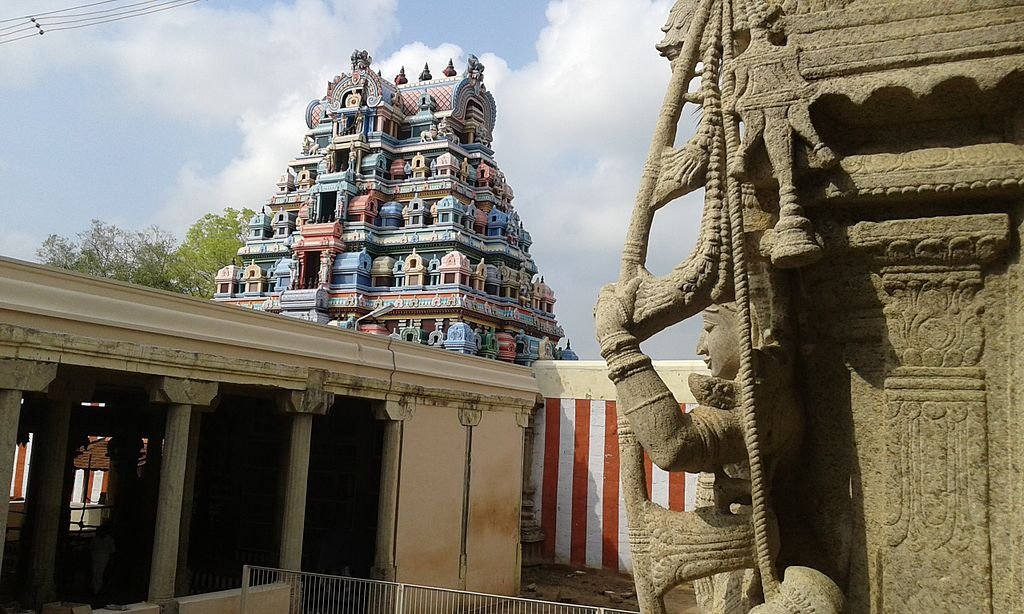
Architectural Relevance of This Shrine
The temple occupies an area of 5 acres and is surrounded by a granite wall 580 ft long and 396 ft broad. The rajagopuram, the temple’s gateway tower, is 110 ft tall. The granite wall surrounds the temple, enclosing all its shrines and two of its three bodies of water. The sanctum houses the image of Srivaikunanatha in standing posture with a club in his hand. Adisesha, the serpent of Vaikuntanatha, is seen holding a parasol over his head. The image is made of Saligrama stone and ablution is usually done with milk. The hall preceding the sanctum, the Artha Mandapam houses the festival image of Kallapiran made of panchaloha with the images of Sridevi and Bhudevi on either of his sides.
It is believed that the sculptor caressed the cheeks of the image with his hand as he got enchanted by the image and it is seen in the image. The Ardha mandapa is guarded by two dwarapalas on either side. There are two shrines for the two consorts of Vishnu, Caikunta Nayaki and Chorantha Nayaki, both facing each other. There are separate shrines for Senai Mudaliyar, Garuda, Venugopala, Manavalamamunigal and Yoga Narasimha. The festival image of Yoga Narasimha, Lakshmi Narasimha, is also housed in the same shrine. There is another shrine that houses the images of the ten avatars of Vishnu. The temple has five precincts. The Mahamandapa and the Swarga Madapa are believed to be later additions.
The Vijayanagar and Nayak kings commissioned paintings on the walls of the shrine of a temple, some of which are still present. Thiruvengadamudayan hall, located to the right of the gopuram, houses rare life-size sculptures commissioned during the 16th century. It was built by Vadamalayappa Pillai, an official in the Madurai Nayak kingdom. There are numerous images of yalis, elephants and Devas in the hall, some of which are even 5 ft wide. The major images seen in the temple are that of Bhikshadana, Venugopala, Madanagopala, Govardhanagiri, Nammazhwar, Manmatha and Rathi. The depiction of Hanuman in various poses can be seen in the temple. There are life-size images of Agora Veerabhadra and warriors.
Rama is seen hugging the monkey king Sugreeva with his right hand and holding his bow in the left and on his left stands Sita, while in another pillar he is seen hugging Hanuman with his right hand and Angada seen standing in Anjali. A host of monkey warriors standing at the bottom of both the sculptures. The Dwajastamba mandap has pillars with refined architectural features. Tirumozhi mandap has sculptures of monkeys, squirrels and parrots. It also houses images of monkeys performing various activities. The corridor inside the temple has paintings having the details about the 108 shrines of Vishnu.
There are also paintings detailing the coronation of Rama. There are two temple tanks namely Brighu Theertha and Kalasa theertha near the temple. A huge temple tank near the Tamiraparani river is also associated with the temple. It is in this tank that the float festival is celebrated yearly. The idol is most exquisitely carved with the club in hand. Lions, Yalis and elephants are carved in the pillars of the mandapam. The temple served as a fort during the patriotic war of Kattabomman with the British.The temple has a nine-tier rajagopuram amidst lush vegetation around the temple.

Shrine’s Map Location and How to Go There
By Road
Srivaikuntam is also well connected by road with Tirunelveli, Tiruchendur and Thoothukudi and all other major cities.
By Rail
Srivaikuntam railway station is situated on the Tirunelveli-Tiruchendur line. All passenger trains from Tirunelveli stop at this station. The temple is about 1.5 miles from the railway station.
By Air
The nearest airport is Thoothukudi.
Shrine Timings
7.30 am to 12 and 5.00 to 8.00p.m.
Events Celebrated at This Shrine
Brahmmotsavam January or February
Pavithra Utsavam January or February
Vaikunda Ekadasi January
Pongal January
Garuda Sevai utsavam festival May or June
Deepavali October or November
Extra Information About this Shrine
Nearby Temple
Thiru Varagunamangai Temple
Thiruppulingudi Kaaisinavendhan Temple
Irattai Tirupathi Perumal Temple
Thenthirupperai Makara Nedunkuzhai Kannan Temple
Alwarthirunagari Adhinaatha Perumal Temple
Thirukolur Vaithamanidhi Perumal Temple

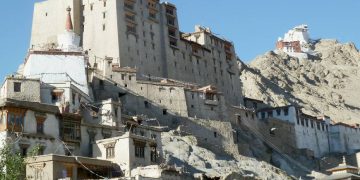

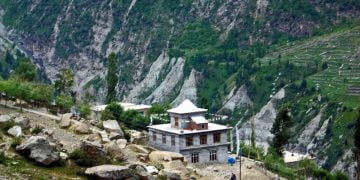
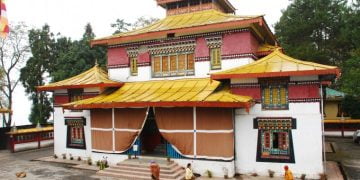

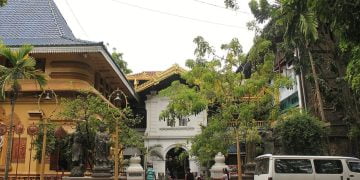
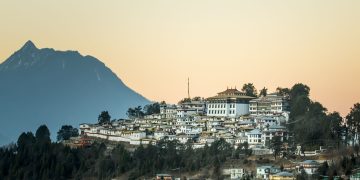
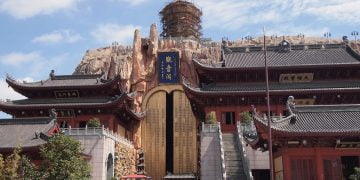
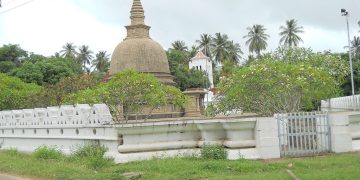
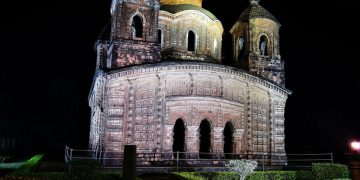
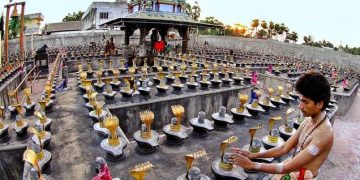

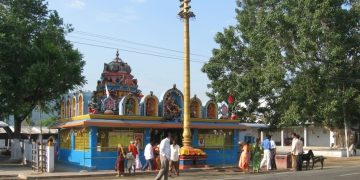
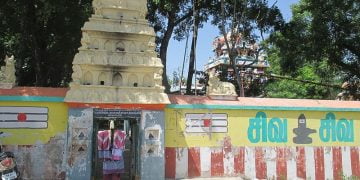
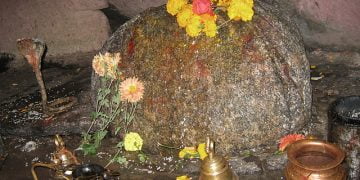
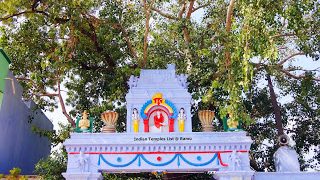
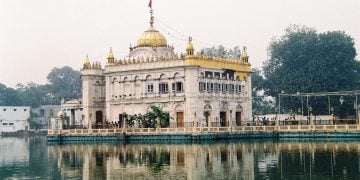
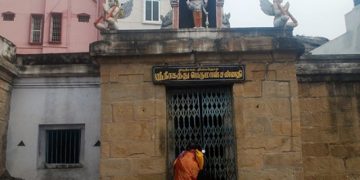
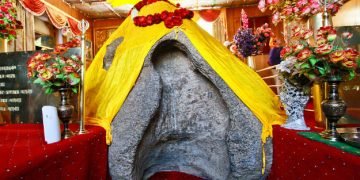
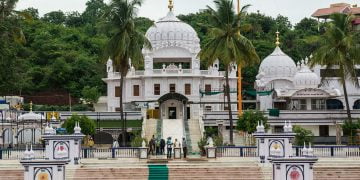

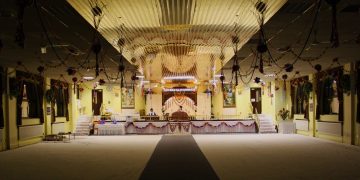
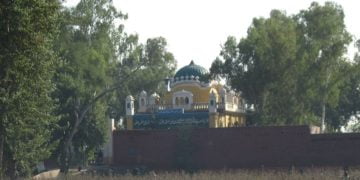
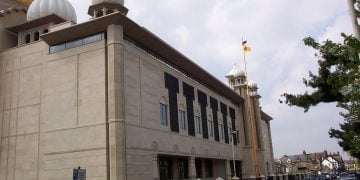
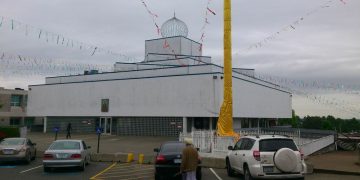
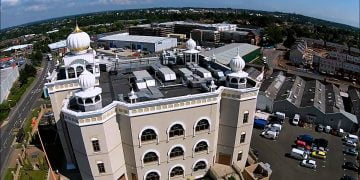
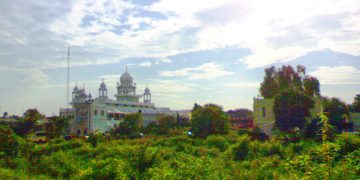
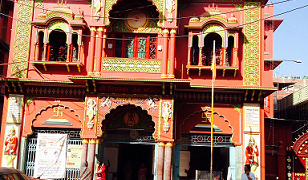
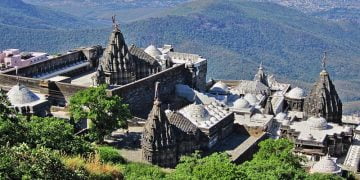
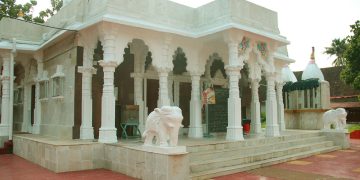
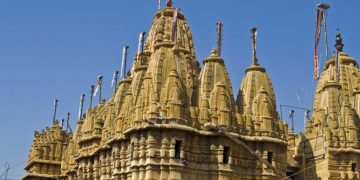
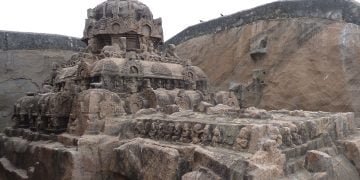
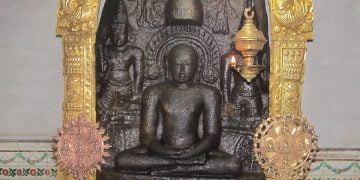
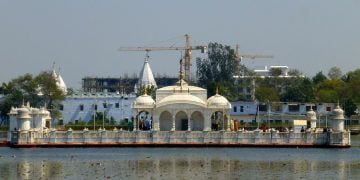

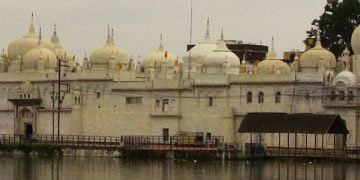



Discussion about this post